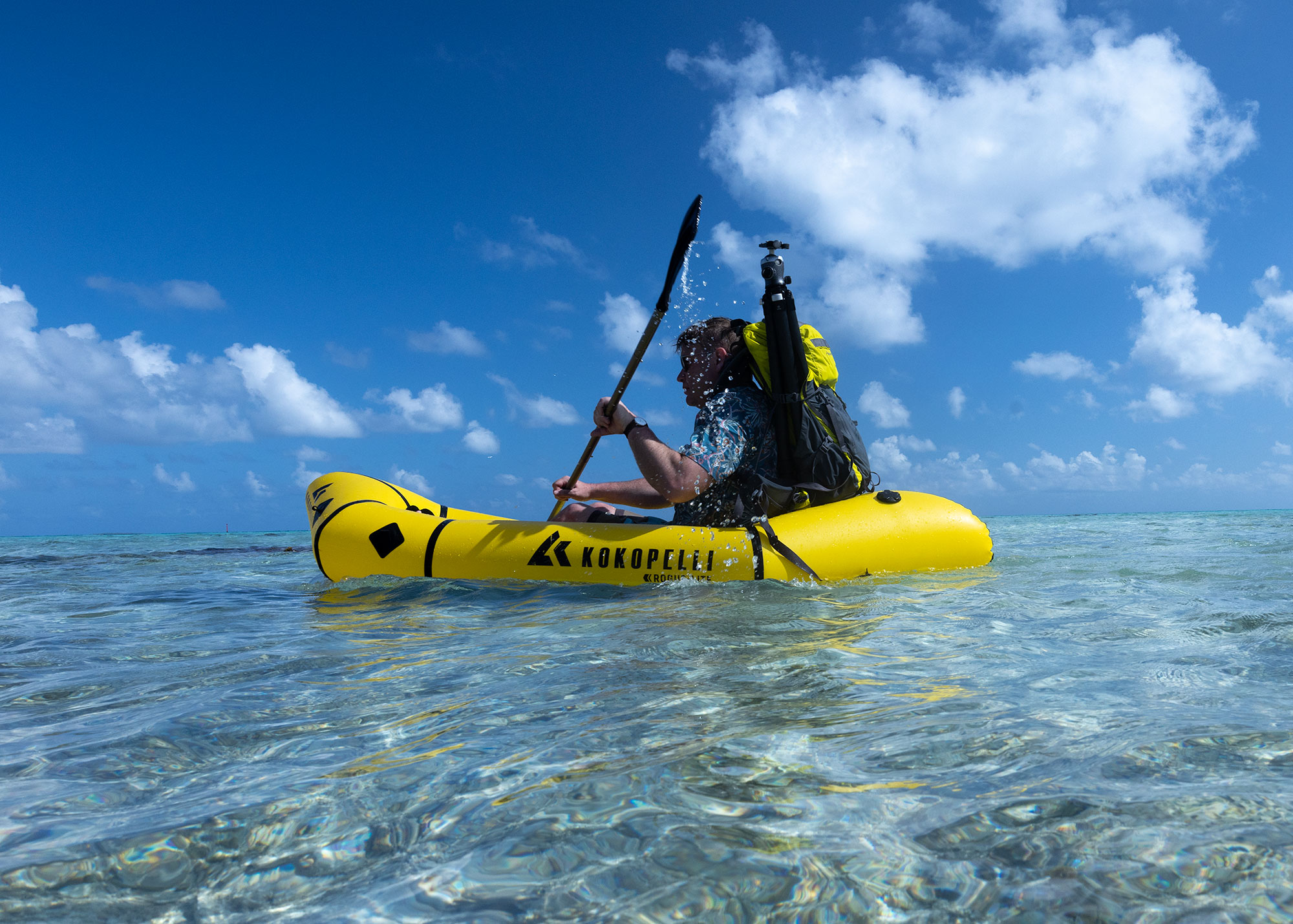How to Pack a Packraft for Airplane Travel
This is how I pack my packraft and a giant, ultra-stable landscape tripod into packed luggage, allowing me to photograph in lagoons, marshes and harbors around the world.
I
I have always believed that access to water is an essential aspect of travel photography, and for twenty years, I worked on various configurations to allow myself to photograph from my kayak.
My kayak was a heavy beast, and I hauled it on the top of my truck to six U.S. states, three Mexican states and British Columbia. I would often carry my photography equipment in a watertight dry bag, allowing me to paddle in the open ocean with little fear of water damage to my equipment.
The problem was that in most cases, the water I needed to cross was rarely easily accessible from the road.

The open ocean, which must often be entered through a protected marina rather than the often dangerous or impractical beach entry, was actually of little use for photography. It was the inland marshes, mangroves, mountain lakes, riverlets and harbors—often international destinations—where my photographic ambitions were halted by my inability to get out on the water.
I have been able to correct that with a few new tools to my quiver—an ultralight packraft, an ultralight paddle that breaks down into four sections, and a seven-foot tall heavy-duty tripod in a checked luggage duffel bag—a key piece of equipment for photographing from the water.

A Packraft allows me to paddle in most flatwater environments, comfortably carrying a large landscape tripod, camera and five lenses.
To keep my camera equipment relatively safe while paddling and even just while photographing in wet environments, I keep my camera and lenses double dry-bagged. This would not guarantee this equipment’s absolute safety if my pack were to be fully submerged, but I am most often paddling in shallow water where such threats are almost nonexistent.
If touring kayaks track well in open water and big swells, small ultralight packrafts do not, and they are not intended for big water or heavy winds. Rather, they are the perfect way to easily get into protected water environments.

Every lens is double dry-bagged in a rear-opening camera pack (Atlas Athlete Pack). This allows me to change lenses easily and safely in watery and marine environments. This pack style also makes changing lenses while paddling easy.
More importantly, I can strap my packraft to the back of my daypack, its paddle nests perfectly in the side straps. In environments like mangroves where the pattern is land-water-land-water, you can just hold your packraft while hiking the dry terrain.
To keep my camera equipment relatively safe while paddling and even just while photographing in wet environments, I keep my camera and lenses double dry-bagged. This would not guarantee this equipment’s absolute safety if my pack were to be fully submerged, but I am most often paddling in shallow water where such threats are almost nonexistent.
